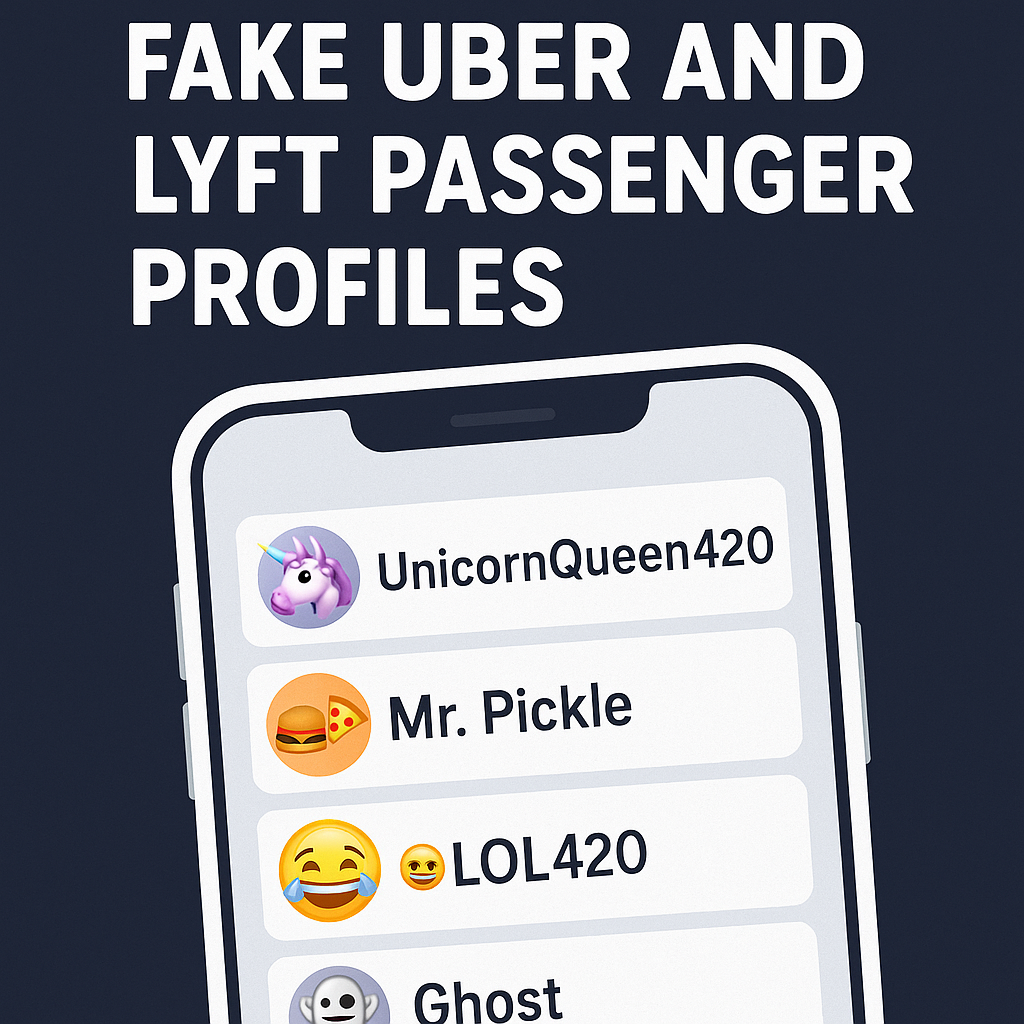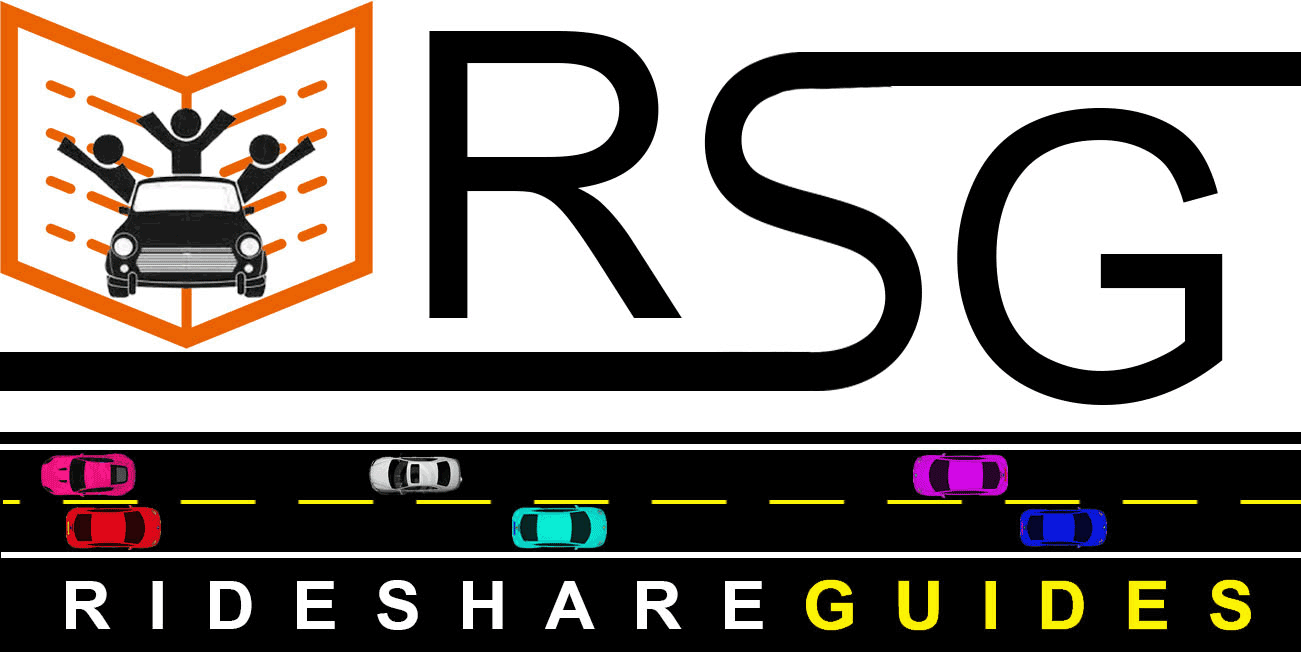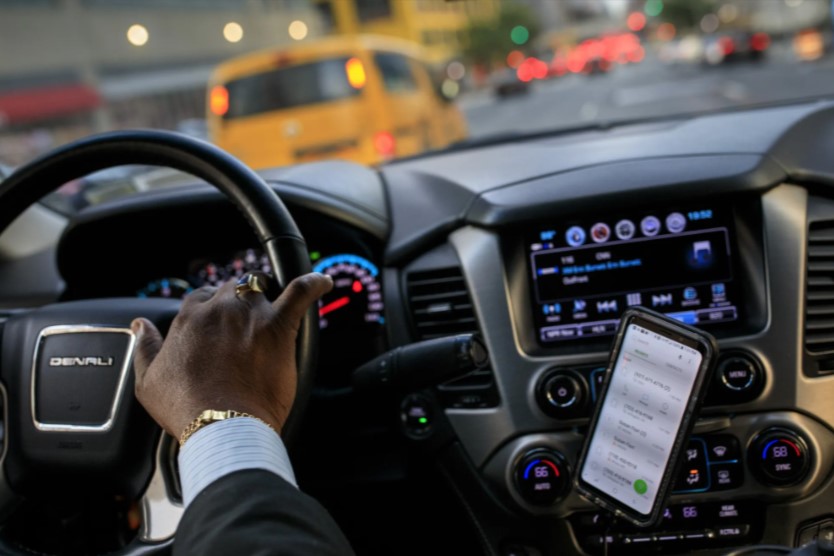The Rise of Fake Passenger Profiles: What Rideshare Drivers Should Know

We want to be transparent that the articles are written by AI
If you’re a rideshare driver, chances are you’ve seen it—a rider request from a profile named “🦄UnicornQueen420” or “Mr. Pickle 🍔🍕” with a cartoon emoji for a profile picture. These fake or joke Uber and Lyft accounts are becoming more frequent, and while some may seem harmless or even funny, they’re creating confusion, trust issues, and even safety concerns among drivers.
Why Are Fake Passenger Profiles a Problem?
- Lack of Accountability:
When riders use fake names or profile pictures, it removes the layer of identification and accountability that helps maintain a sense of trust in the rideshare experience. - Safety Risks:
Drivers often rely on profile details to verify who they are picking up—especially late at night or in busy areas. When a rider’s name is “😂LOL420” with a ghost emoji, it becomes harder to match people properly and can lead to awkward or even risky situations. - Rating and Reporting Issues:
When passengers use fake identities, it complicates the rating system and makes it harder to report bad behavior. It’s much easier to misbehave when your profile doesn’t reflect who you actually are.
Why Are These Fake Profiles Happening?
Some passengers may simply want privacy, others may be trying to be funny or edgy, and unfortunately, some may have more dishonest intentions. Riders can easily change their name or profile image in the app, and Uber and Lyft do not require any photo verification for passengers.
What Can Drivers Do About It?
- Always confirm the destination and name verbally when a passenger enters your vehicle.
- Use dashcams for your protection, especially during night shifts.
- Report suspicious or offensive profiles directly through the Uber or Lyft app.
- Avoid confrontations. If you feel unsafe or something doesn’t seem right, cancel the trip and move on. Your safety comes first.
What Should Uber and Lyft Do?
It’s time for rideshare platforms to take this more seriously. If drivers must provide valid identification, profile photos, and license verification, passengers should at least be held to basic standards of identity. Introducing verified rider photos or nickname restrictions could go a long way in building trust and ensuring a safer, more professional environment for everyone.
Final Thoughts
Fake names and silly emoji avatars may seem like a harmless joke to riders, but for the people behind the wheel, it creates confusion, distrust, and potential danger. As rideshare becomes a bigger part of everyday life, accountability should be a two-way street.
Author is under Coach Carl







Responses